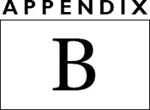Interaction Explained
An interaction can best be defined as a violent reaction that interrupts normal conditions. Interactions become apparent when there is an intense outcome created by chemical, thermal, or physical responses to the combination of two or more variables.
If a flaming wick is inserted into a combustible gas stream, for example, there will be a flash as the gas ignites. This is an interaction. See Figure B-1.
Stuffing Example
Two or more conditions must be present to cause an interaction, as in the case of the piston-stuffing example discussed in Appendix A. Machining A was to specification but not at the nominal dimension. The stuffer station, 2060, was operating satisfactorily with blocks processed by machining B but was jamming with blocks processed thru machining A. This is a detrimental interaction of the machining A and stuffer 2060 operation.
You might understand the idea of an interaction better by viewing the next two examples. In the first example, the holes in the flange will not strip if the threads are good, even when the flange tensile strength is low. Conversely, when the threads are poorly formed, they tend to strip is significantly greater as the threaded tensile strength declines even though the flange material is of acceptable chemistry and strength.
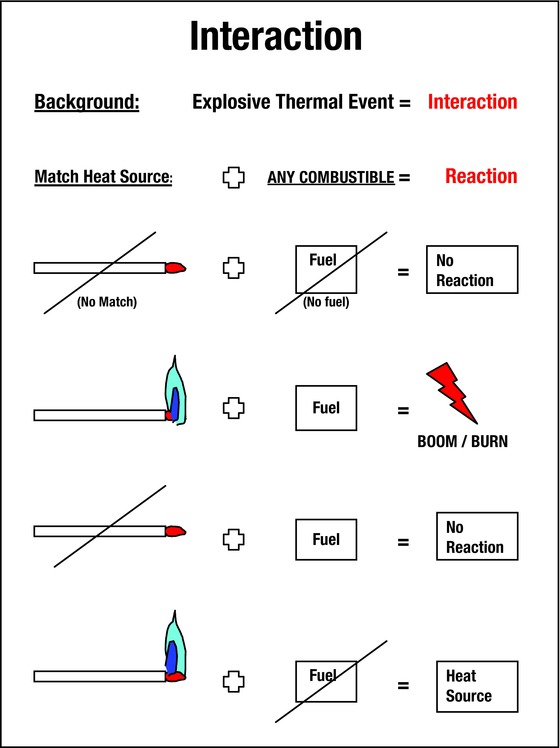
Figure B-1. Interaction Concept Sheet
There are variables that can affect threaded flanged component tensile strengths. If there is variation in the flange-manufacturing process, it may be possible to get unacceptable flange tensile strengths at some time. A threaded flange may not strip if the threads are completely formed in either an acceptable or unacceptable tensile strength flange. However, if there is a weak tensile strength flange and the threads are not completely formed, the threads will strip and fail. This is also an interaction (see Figure B-2).
Supposition:
If there had been a relatively few failures, and then a huge spike in flaws, there may be an interaction present. If the failures were just due to material strength, only some of the defective batch would generate stripped bolt-hole failures. Since there were only a few failures and then a large spike, there may be another variable present causing an interaction.
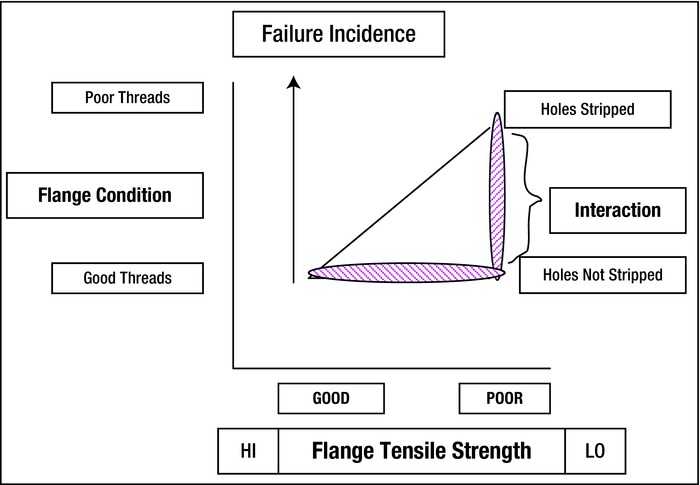
Conclusion:
Threaded bolt holes will not become stripped in the flange if the threads are properly formed. If the threads are not formed properly, they will not provide sufficient tensile strength to support the force of the bolted assembly without failure. The incidence of only a few failures in a large lot reinforces the conclusion that the threads are properly formed. Therefore, a huge spike in flange bolt-hole failures may indicate another variable in addition to chemical property strength may be present and interacting. See the Appendix A for method to calculate interactions.
Figure B-2. Interaction Diagram and Analysis
The next example is a study of balance shaft assembly noise. It shows the data that was collected at two different RPMs with both noisy and quiet engine cases and balancer shafts. Figure B-3b indicates where an interaction between the balancer and the block at two different RPM levels happens. You obtain the ranking data for an interaction by subtracting the averages of the diagonal additions. This value is important when it exceeds the direct effects caused by the individual variables in the matrix. (Refer to Appendix A for means to calculate interactions.)
To begin understanding interactions, you must first realize that two individual components or processes may be individually acceptable. However, when two—we’ll call them sympathetic—conditions combine to form an unusual and potentially violent response, we have what is known as an interaction. Simple examples of interactions are as follows: A combustible gas captured in a container is safe and stable unless a match or flame source is applied, which then results in an explosion or at least combustion. This is an interaction. Another example was the violent explosion mentioned earlier, caused when molten iron was spilled on a damp floor. The encapsulation and sudden release of the steam trapped by the molten iron was an interaction. Similarly, the mating of two previously compatible components may result in an interaction during mixing or use.
In this case, we noticed that some engines suddenly appeared to be noisier than other produced engines while under testing. We developed a study to determine and eliminate the causes.
Figure B-3a shows the results of the testing, which involved what were considered good and bad engine blocks and good and bad balancer components. “Good” indicated quieter blocks and “bad” indicated noisy ones. Using the same type of calculation of the diagonals explained in Appendix A, as shown by the arrows, we calculated the conditions that caused the most noise (see Figure B-3b). The assembly combinations were tested the 1,400 and 2,600 RPM. At 1,400 RPM, the interaction effect was shown with a difference of 35. This was the difference between the two diagonal measurements: 120/2 = 60 and 50/2 = 25, and 60–25 is 35. The data at 2,600 RPM indicated an interaction difference of 145, but there was also a more significant direct effect difference of 405 when a bad block was used. This is observable on the upper-right display.
You can see that interactions can be present not only in explosive forces but in underlying process variations. You can also see, from the two lower charts in Figure B-3b, that the RPM also had an effect and that it was dependent upon either or both a bad balancer and a good balancer. The difference of 240 for the bad balancer and bad block was almost as detrimental as the independent bad block effect of 405. The block machining was retargeted and only acceptable balancers were used in the ensuing production.
Hopefully, these examples provided a clear understanding of what an interaction is and how it can affect a process. This can be important because, unless you look for them, they will be difficult to identify.
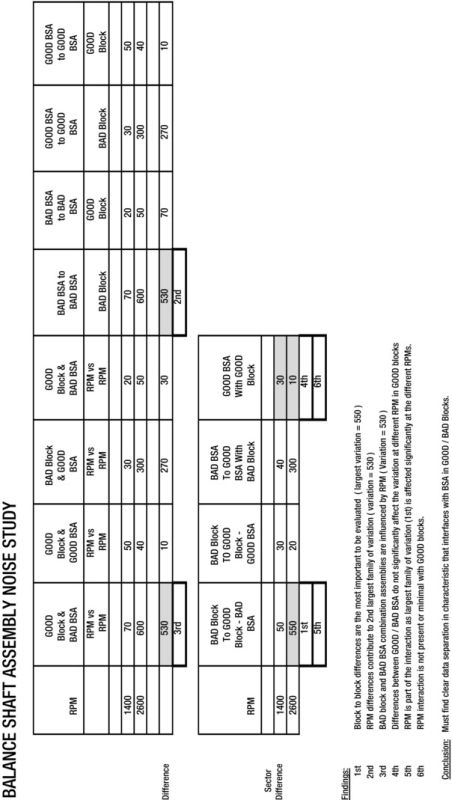
Figure B-3a. Balance Shaft Assembly Noise Example
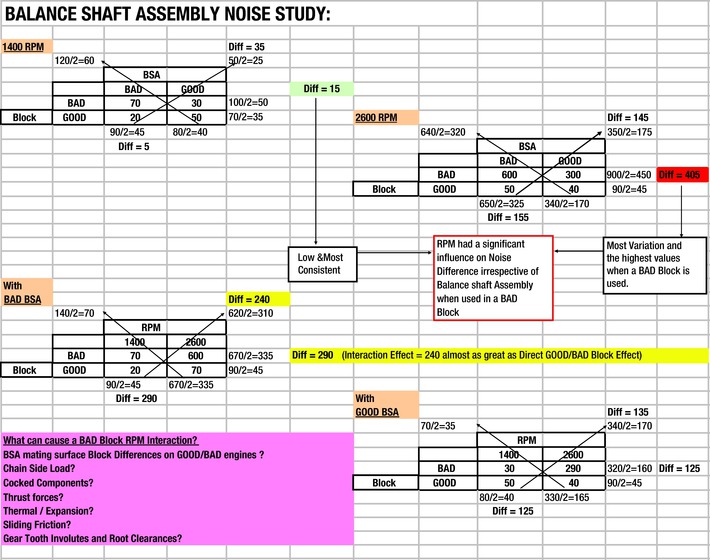
Figure B-3b. Balance Shaft Assembly Noise Example with Interactions Shown

